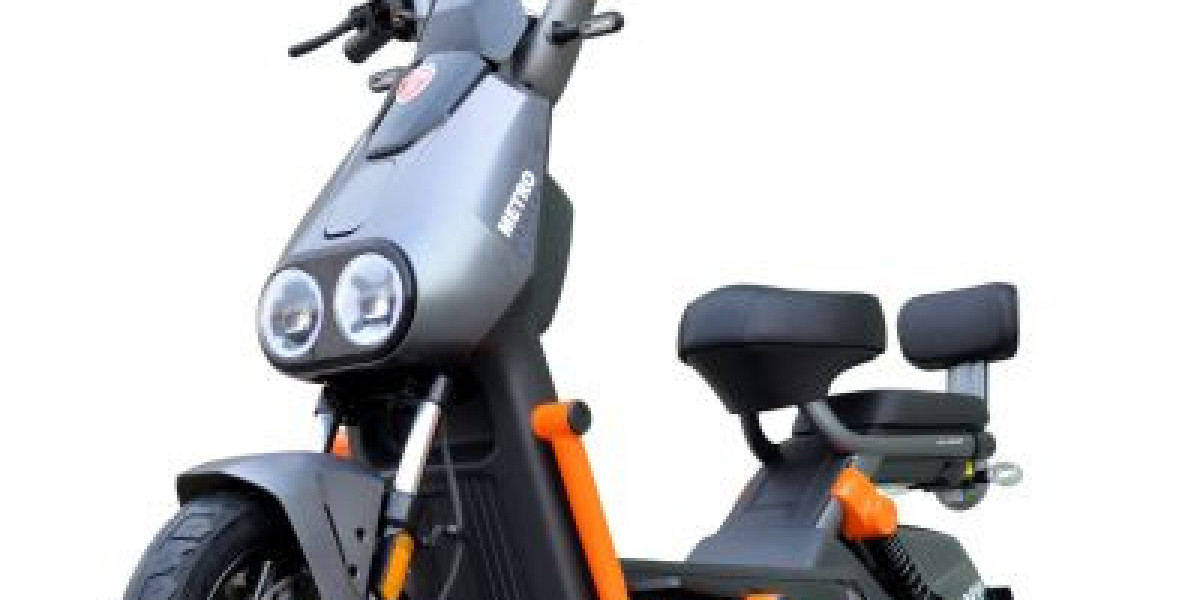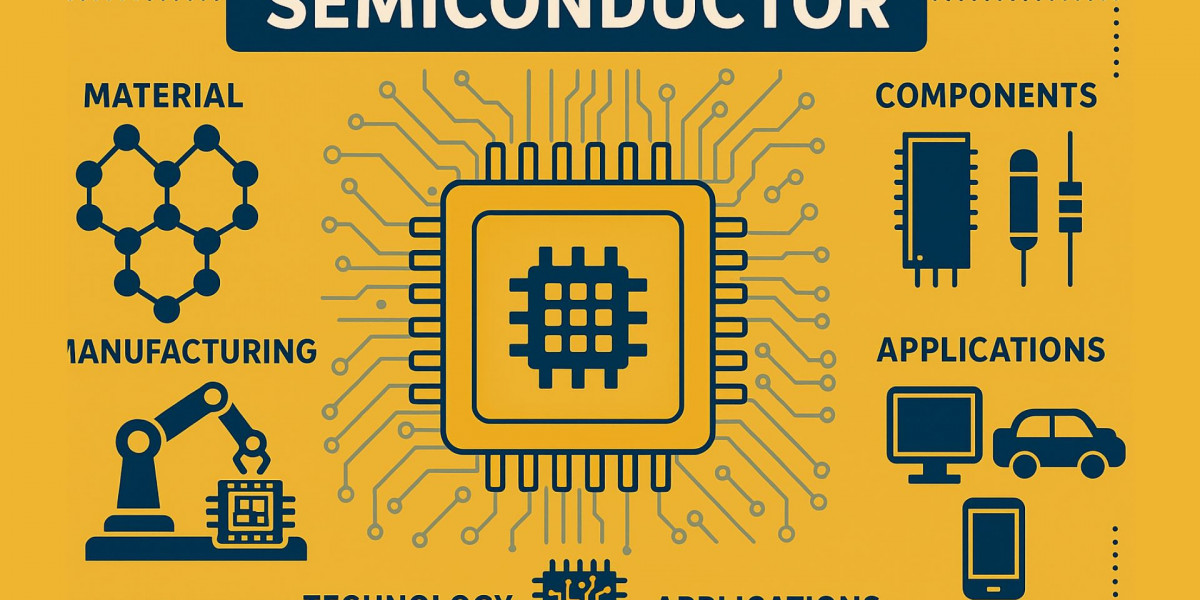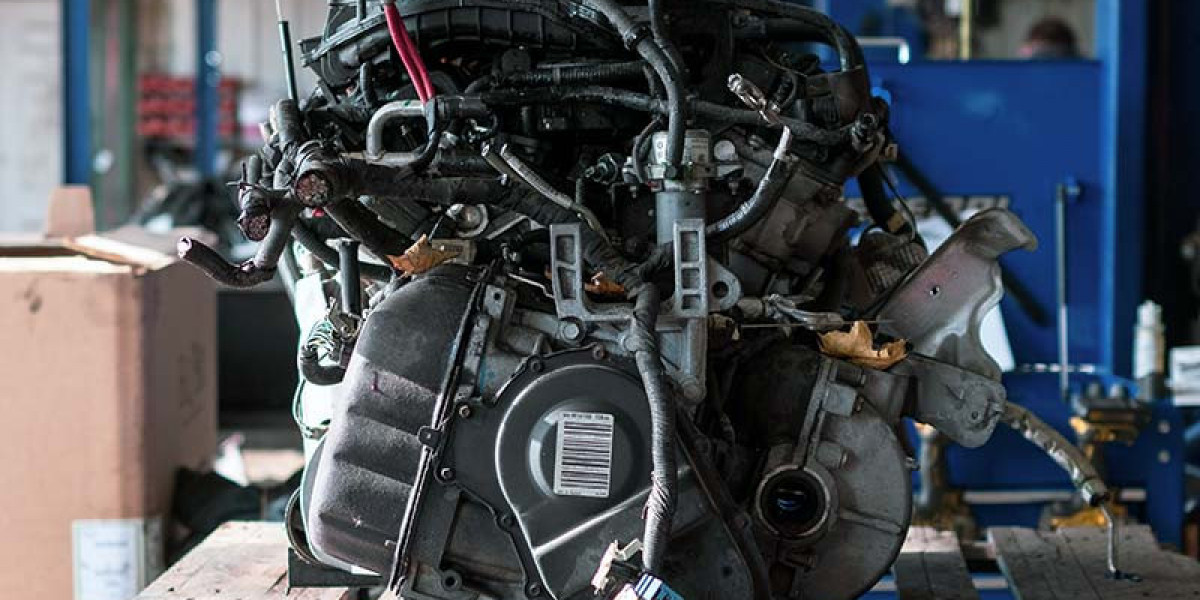Electric scooters are becoming a popular transportation choice as more people move toward cost-efficient and eco-friendly travel options. Whether you’re a student, office worker, or delivery rider, understanding the relationship between Electric Scooter Price and battery performance is crucial before making a purchase. Battery technology directly affects the scooter’s price, range, lifespan, and overall usability, making it one of the most important factors to examine.
Why Understanding Electric Scooter Pricing Is Important
The market for electric scooters has expanded rapidly. Different brands offer a wide range of models—from budget commuter scooters to premium long-range electric bikes. Many buyers simply compare the electric scooter price without paying attention to the battery quality, which often leads to regret later.
Electric scooters typically fall into three price categories:
1. Budget (PKR 100,000 – 160,000)
These scooters usually feature lead-acid batteries and provide 35–50 km range. Good for short commutes.
2. Mid-Range (PKR 180,000 – 260,000)
Often come with improved motors and hybrid or lithium battery options. Range is usually 50–70 km.
3. Premium (PKR 300,000 – 450,000+)
High-end scooters with full lithium-ion batteries, durable frames, and advanced features like regenerative braking. Range can go up to 100 km or more.
Understanding these categories helps you choose the right scooter based on daily travel needs and budget.
Battery Types and How They Affect Price
Electric scooter batteries are typically of two types, and each one impacts performance differently.
1. Lead-Acid Batteries (Cheaper, Heavier)
Lead-acid batteries lower the electric scooter price, making them ideal for budget buyers. However, they are heavier, have a shorter lifespan, and take longer to charge.
Pros:
Affordable
Easy to replace
Good for short commutes
Cons:
Heavy
1–2 year lifespan
Lower range
Lead-acid scooters are best for students or riders with limited travel needs.
2. Lithium-Ion Batteries (Lightweight, Long-Lasting)
Lithium-ion batteries significantly improve performance and increase the electric scooter price, but they are worth the investment due to long-term benefits.
Pros:
Lightweight
3–5 year lifespan
Faster charging
Longer range
Cons:
Higher upfront cost
Lithium-powered scooters are perfect for riders who prioritize long range, durability, and better reliability.
Battery Range Explained
Battery range is the number of kilometers an electric scooter can travel on a full charge. It depends on battery type, capacity, motor power, riding style, and road conditions.
Typical Ranges by Scooter Category
Budget scooters: 35–45 km
Mid-range scooters: 50–65 km
Premium scooters: 70–100+ km
If you commute 20 km daily, even a budget scooter is enough. But for longer routes or hilly areas, a mid-range or premium model is more reliable.
Factors That Affect Battery Range
Understanding range-affecting factors helps you choose a scooter that fits your lifestyle.
1. Riding Speed
Riding at top speed drains the battery faster.
Slower cruising extends range.
2. Weight Load
More weight = more battery consumption.
3. Road Conditions
Uphill, rough roads, and stop-and-go traffic reduce mileage.
4. Weather
Cold temperatures can temporarily reduce battery capacity.
5. Battery Age
As the battery gets older, capacity decreases gradually.
How Electric Scooter Price Relates to Battery Range?
In most cases, the higher the electric scooter price, the better the battery range. This is because:
Higher-priced scooters use quality lithium batteries.
Premium brands include efficient motors.
Better controllers regulate power usage.
Advanced models include features like regenerative braking.
However, paying more doesn’t always mean better performance. Always compare:
Battery capacity (Ah)
Battery voltage (V)
Motor wattage (W)
Estimated real-world mileage (not just advertised claims)
Charging Time and Cost
Charging is one of the biggest advantages of owning an electric scooter. It is far cheaper than petrol-based travel.
Charging Time:
Lead-acid: 6–8 hours
Lithium-ion: 3–5 hours
Charging Cost:
A full charge usually costs Rs. 50–80 depending on electricity tariffs.
This makes electric scooters incredibly affordable for daily use.








